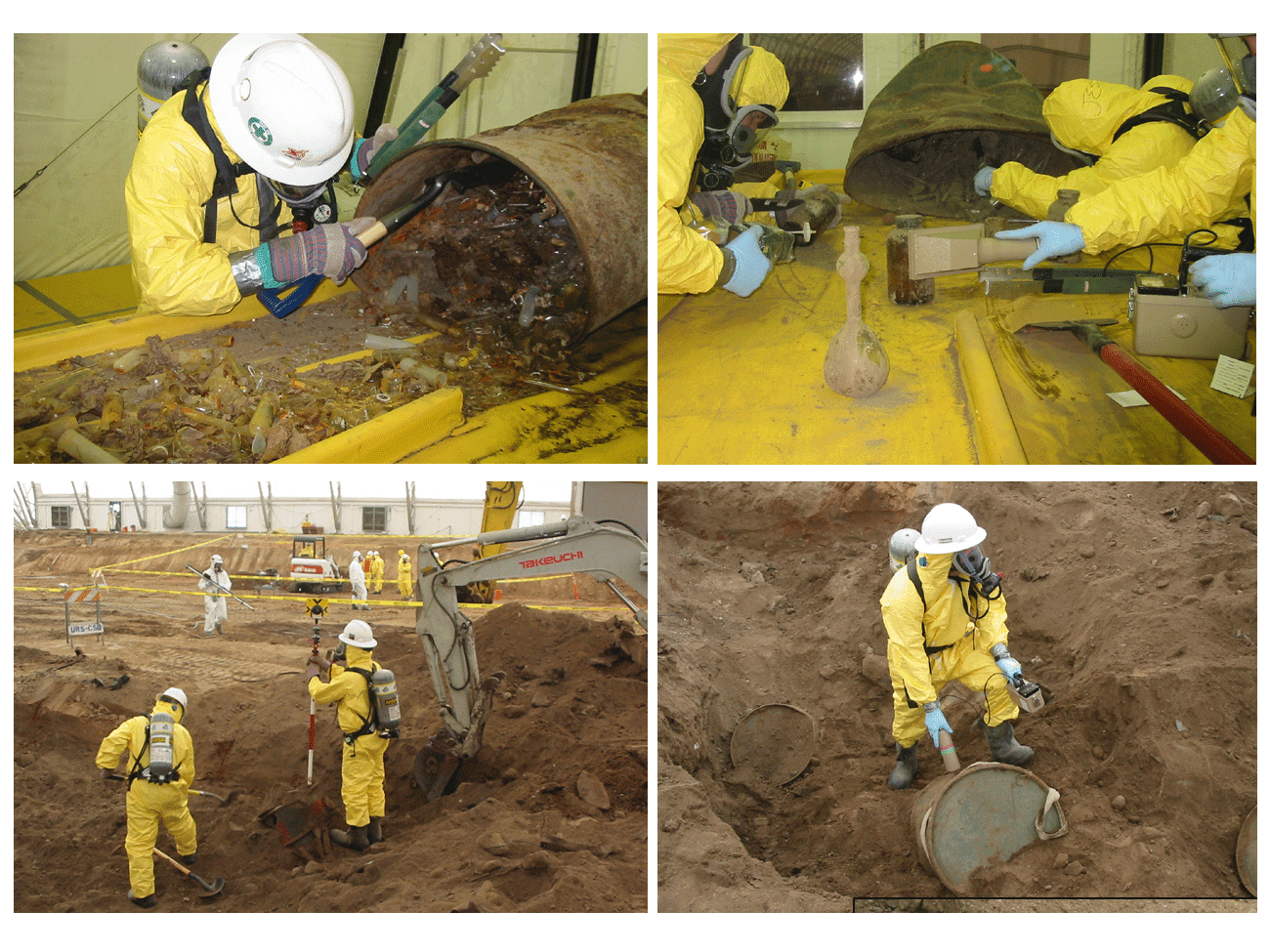Soil
remediation is part of a primary process called environmental remediation. It
is the collective term used for different techniques used to purify and
revitalize soil.
Problems
are generally caused by contaminants which are substances either currently
causing undesirable affect or will possibly cause an undesirable effect in the
future. You can know about environmental due diligence process via various online sources.
The
main aim of remediation efforts is the reduction of these contaminant
concentrations within the soil to lower levels so that land area will be more
suitable for use without the environmental risks.
There
are a lot of various methods which can be applied in dealing with soil
contamination, and some more effective than others.
In
selecting the most effective method, it is important to know the following: its
impact on other surrounding living things in the vicinity, nature of soil
contamination, and how successful the activity is projected to be.
It
is possible for an area to go through multiple soil remediation processes to handle multiple contaminants.
Lead contamination of soil
Lead
is a heavy metal that cannot be absorbed or broken down by plants, animals, or
humans. Exposure to high levels has been shown to harm younger children,
including behavioral problems, attention-deficit disorders.You can get more information about phase i environmental site assessment report via various websites.
Lead
contamination of the soil is common across many cities, along with organic
man-made products such as petroleum and fertilizers.
However,
while soil remediation techniques exist to break-down organic contaminants in
the soil, removing toxic metals such as lead, arsenic, and mercury is not so
easy.
In
urban redevelopment projects, soil remediation involves evacuating the
contaminated soil from the ground and treating it with chemical processes.
However, this is too expensive for most private properties.
Phyto Remediation for natural soil remediation
- The use of plants and plant material to clean up soil is called phyto remediation. This is easily the preferred approach for any environmentally aware landowner.
- It is also quite surprising to realize how many types of contaminants can be safely removed from your land without disturbing the soil or using harsh chemicals.To know more about phyto remediation process you can navigate this site.
- These popular plants are adding a dash of color to neighborhoods, all while their roots soak up the harmful lead from the soil.
- As the sunflowers grow, they accumulate lead so care is taken that the seeds are not consumed by people. Once the plants are cut down and destroyed, fresh soil readings are taken to measure lead levels.
- The results so far are very promising; each crop of sunflowers leeches away a little more lead from the soil.
Similar
phyto remediation projects are showing us the way in using natural, low-cost,
and low-tech methods to purify our gardens and lands. As the word spreads,
expect the future of soil remediation to get green.



Comments
Post a Comment